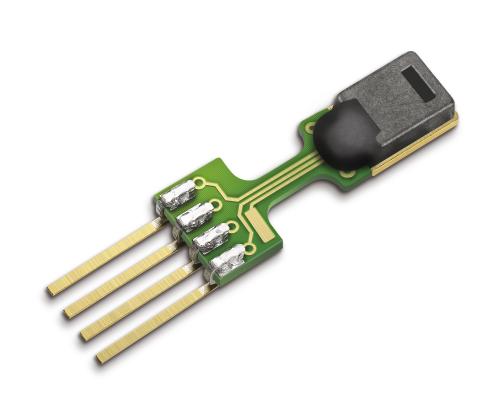Neural networks with at least two hidden layers are called deep networks. Recent developments in AI and computer programming in general has led to development of tools such as Tensorflow, Keras, NumPy etc. making it easier to model and draw conclusions from data. In this work we re-approach non-linear regression with deep learning enabled by Keras and Tensorflow. In particular, we use deep learning to parametrize a non-linear multivariate relationship between inputs and outputs of an industrial sensor with an intent to optimize the sensor performance based on selected key metrics.
翻译:至少有两层隐蔽的神经网络被称为深层网络。AI和计算机编程的近期发展导致开发了诸如Tensorflow、Keras、NumPy等工具,从而更易于建模和从数据中得出结论。在这项工作中,我们用Keras和Tensorflow促成的深层学习重新处理非线性回归。特别是,我们利用深层学习使工业传感器的投入和输出之间的非线性多变关系实现平衡,目的是根据选定的关键指标优化传感器的性能。




